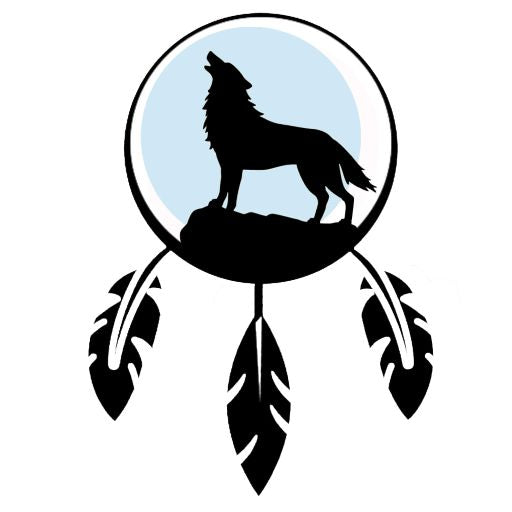Ancient Indigenous traditions: a living cultural heritage

Ancient Indigenous traditions: a living cultural heritage
Indigenous ancestral traditions are a set of practices, beliefs, and values passed down through generations among First Nations, Inuit, and Métis peoples. These customs, deeply rooted in the relationship with nature and spirituality, play a fundamental role in the identity and preservation of Indigenous cultures.
In this article, we will explore the main Indigenous traditions, their meaning, and their impact today.
1. Spiritual ceremonies and sacred rituals
1.1 The sweat lodge ceremony
Sweat lodge ceremonies are a purification ritual practiced by several Indigenous nations of North America. They take place in a sweat lodge where heated stones are doused with water to generate steam. This ceremony aims to purify the body, mind, and spirit, and to foster connection with ancestors and spirits.
1.2 The Dance of the Sun
Practiced primarily by the Plains peoples, the Sun Dance is an annual ceremony that lasts several days. Participants fast, dance, and offer prayers as a sacrifice and expression of gratitude to the Creator.
1.3 The Calumet Ceremony
The calumet, or sacred pipe, is used in many Indigenous traditions to seal alliances, pray, and honor spirits. Smoking the calumet symbolizes communication with the spirit world and peace among peoples.
2. Cultural and artistic practices
2.1 Traditional crafts
Indigenous peoples have developed unique art forms, including:
- Beaded embroidery (particularly among the Métis)
- Wood and stone carving (among the Inuit)
- Basket weaving (among several West Coast nations)
These handcrafted objects are much more than decorative: they tell stories, transmit knowledge and embody ancestral traditions.
2.2 Tales and legends
Indigenous legends are essential for transmitting the values and wisdom of the elders. Mythological figures such as the Trickster among the Cree or Sedna, the sea goddess among the Inuit, play an educational and spiritual role.
2.3 Music and songs
Indigenous songs and drumming are not mere entertainment: they are sacred and allow communication with the spiritual world. The drum is often considered the heartbeat of Mother Earth.
3. The relationship with nature and the environment
3.1 Respect for Mother Earth
Indigenous peoples view the Earth as a living being, a nurturing mother who deserves respect and gratitude. This vision influences their way of life, from hunting to sustainable agricultural practices.
3.2 Medicinal plants
Traditional indigenous medicine relies on the use of plants such as:
- Sage and cedar for purification
- Spruce and sweetgrass for natural remedies
- Tobacco as a spiritual offering
3.3 Ritual hunting and fishing
Contrary to a view of excessive consumption, indigenous peoples practice responsible hunting and fishing, always thanking the spirits of the animals for their sacrifice.
4. The transmission of indigenous knowledge and identity
4.1 Oral teaching
Before the advent of writing, knowledge was transmitted orally by the Elders, guardians of traditions. They taught the values, survival techniques, and history of the people.
4.2 Rites of Passage
Indigenous youth undergo initiation rites to mark their transition to adulthood, such as the vision quest, where an individual isolates themselves in nature to receive spiritual messages.
Let's preserve indigenous traditions
Today, Indigenous traditions remain vibrant and are passed down to new generations despite the challenges of modernity. By supporting Indigenous crafts and respecting their knowledge, we contribute to the preservation of a precious cultural heritage.
👉 Discover unique and authentic handcrafted creations on Indigenous Crafts and support ancestral skills!
